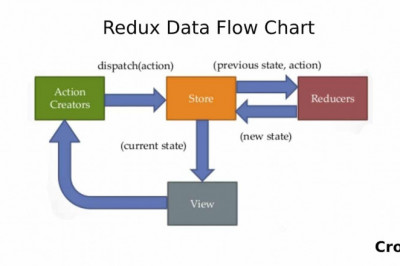views

Preliminary Tree Assessment | Arborcraft Tree Services
What is a Preliminary Tree Assessment?
Also known as pre-development tree assessment, a Preliminary Tree Assessment or PTA is a survey of trees on a specific site or within a designated area. Preliminary tree assessments provide an ample amount of information about the trees. The survey aims to extract the data on the dimensions, health, origin, species, and structure of the trees.
After completing the assessment, the team identifies if the trees are worth and appropriate for redevelopment. Furthermore, the preliminary tree assessment allocates Tree Protection Zones (TPZs) to make sure that the roots of trees aren’t compromised during construction work.
Stages of Preliminary Tree Assessment
Preliminary tree assessments consist of the following two steps:
Collecting Data
The first stage of any preliminary tree assessment consists of collecting data. The team thoroughly tags and marks the trees with numbers. Each tree goes through a complete evaluation.
Creating a Report
The collected data is used to prepare a report in partnership with the site survey plan. All the findings of the preliminary tree assessment are sketched, and a grand report is created. Some teams also write down their recommendations according to the results of the preliminary tree assessment.
What Will I Find in a Preliminary Tree Assessment?
A typical preliminary tree assessment will have a tree location plan prepared using ArcGIS or CAD. The plan will feature the number and location of each tree, area of the tree protection zone, and color-coded retention value for every tree.
In a preliminary tree assessment report, you’ll find the following general information about each individual tree: structural root zone, tree protection zone, height, age class, useful life expectancy, trunk diameter at breast height, a tree number, botanical name, canopy spread, and tree significance.
What’s the Use of Preliminary Tree Assessments?
The information brought to life by a preliminary tree assessment is used by designers, architects, and planners. They use the assessment and their custom plan for pursuing their task in such a way that the trees remain protected. The tree retention values will assist them in prioritizing which tree should be protected and retained. Furthermore, the tree protection zone will help the team to make the necessary efforts to safeguard the trees.
What’s the Best Time to Carry Out Preliminary Tree Assessments?
The most practical time to carrying out a preliminary tree assessment is during the earliest stages of development planning. Ideally, PTAs will occur before the development application (DA) is completed, or shortly after.
The assessment provides base arboricultural data and information that help development teams guide the layout of the development.
Preparation Time of Preliminary Tree Assessments
Most preliminary tree assessment companies take about two weeks to inspect the site and prepare the final report. However, if you want to speed things up, some companies can complete a full assessment job in a week or so, usually at an increased price.
Although the time frame for preparing a preliminary tree assessment varies from company to company, the majority quote in the 14 day range.












